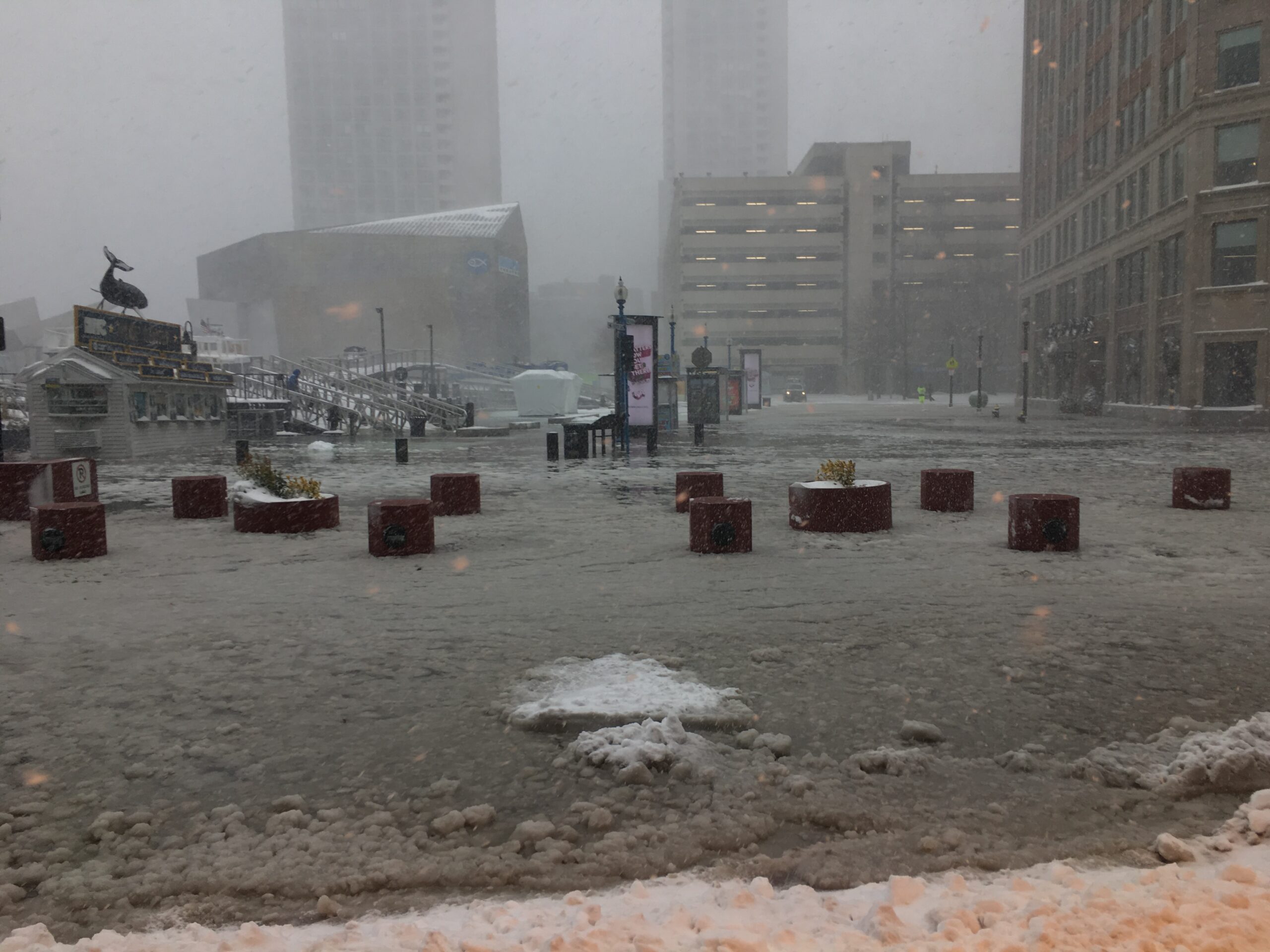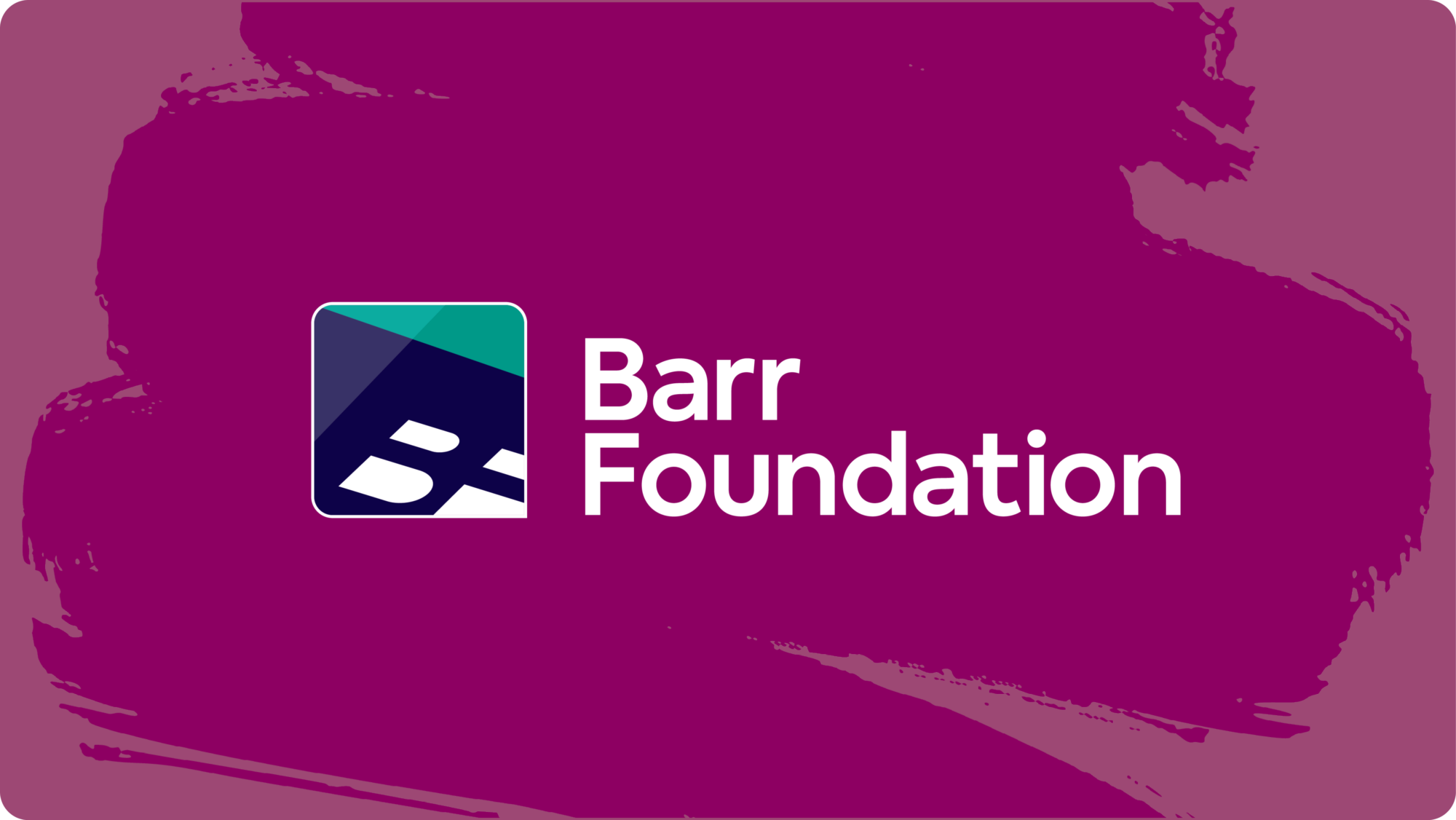As the climate crisis continues, local governments must manage and navigate current and anticipated hazards. To support local municipalities in understanding and meeting the needs of their communities, the Barr Foundation’s Climate Resilience strategy team partnered with Stantec to develop a survey and scoring rubric to measure progress on climate resilience.Climate resilience, as defined for this effort, is the ability of communities to prepare for, adapt to, and transform in response to the impacts of climate change.
While municipalities in the Greater Boston area are actively working toward resilience, most communities have not yet established the structures, systems, and enforcement mechanisms required to truly be ready for whatever a changing climate brings.
Creating a Climate Resilience Survey
Barr and Stantec identified and gathered a committee of practitioners across local governments, nonprofits, and planning agencies. This committee developed a survey and scoring rubric to measure municipalities’ climate resilience efforts and to identify barriers and opportunities to become more resilient.
The study assessed local municipal performance across five core indicators:
- Climate Information: Accessing, understanding, and using climate information.
- Communication and Engagement: Communicating, engaging, and educating the whole community on resilience topics.
- Fiscal: Advancing climate resilience with limited funding resources.
- Development Policies and Procedures: Establishing policies and planning processes that encourage development in a climate resilient manner.
- Project Design Implementation: Designing, reviewing, or approving projects that promote climate resilience.
The team embedded questions relating to social equity across the study, rather than having social equity exist as a stand-alone indicator. This decision is consistent with our view that centering equity must happen at every step of a process and a solution. Barr and Stantec then sent the survey to over 100 municipalities across Boston. Participating municipalities each received a personalized report explaining their placement and offering suggestions and frameworks for follow-up action and climate resilience improvement.

Pictured above: A visualization of the resilience rubric. Municipalities were placed on a scale from initiating to institutionalized to indicate their progress towards achieving climate resilience.
Key Findings
The complete report contains a number of important insights on the challenges and opportunities that come with embedding climate resilience into municipalities.
Municipalities need more support and capacity to embed climate resilience data into planning tools
The volume and technical nature of climate and resilience data can be overwhelming and difficult to distill into local decision-making. 97% of municipalities consider some climate information in planning, with 90% of those municipalities employing a tool known as a vulnerability assessment. While these numbers are heartening, unfortunately, a quarter of those who use the vulnerability assessment use it as their sole source of information in their climate preparedness planning. The quality and application of vulnerability assessments varies dramatically between communities, further complicating municipal preparedness.
Our survey also found that municipalities integrate climate data into other planning mechanisms (e.g. land use ordinances and building codes) on a more ad-hoc basis. There aresignificant opportunities to help communities more successfully incorporate climate information into their planning mechanisms. Some possible avenues for municipalities to explore are community-to-community knowledge-sharing opportunities and technical assistance, though the most high-impact solution will vary based on each municipalities’ needs.

Pictured above is a chart that shows the variety of ways that responding cities and towns incorporate climate information into various municipal-led planning efforts.
Better oversight of private development increases climate resilience
In addition to making resilience strides on publicly owned property, municipalities are aware of the need to manage private development. With limited control over private development projects, many municipalities are currently considering how best to require or encourage climate resilience. Municipal requirements can lag behind best practices for climate-resilient development as it takes time to turn today’s best available information into regulations and requirements. While the majority of municipalities consider climate resilience beyond codified requirements, only three responding municipalities have resilience-focused review bodies with the authority to approve or deny projects.

Pictured aside: 19 of the 27 responding municipalities (70%) promote climate resilience in reviewing private development plans, only three municipalities have climate-focused review bodies that possess the authority to approve or deny projects.
For approved projects, municipalities reported a lack of innovative approaches (or staff capacity) to ensure that project implementation matched what was approved, undercutting municipalities’ ability to ensure that resilient developments are as effective as intended. Our study found that municipalities would benefit from private project guidelines and procedures that support project review and oversightfrom initiation to completion. Post-construction monitoring practices would also ensure that private developments deliver climate resilience as intended.
Municipalities making progress on climate resilience are prioritizing equity
A key goal of this project was to better understand how well equity is integrated into climate resilience efforts. How are priority populations’ needs and interests taken into account throughout resilience planning and beyond? Priority populations are defined as those disproportionately at risk from climate events due to pre-existing conditions (e.g. health, income, education); increased exposure (e.g. poor housing); and inability to recover after an extreme event (e.g. job loss or low financial resources); and structural racism.

Overall, communities advancing toward climate resilience are also making progress on equity. The figure to the left shows the correlation between the responding municipalities’ Equity Sub-score and its relation to their Climate Resilience Overall Score.

Beyond that, our findings revealed that municipalities with larger Environmental Justice (EJ) populations tend to prioritize integrating equity into their climate resilience discussions and plans. The figure to the left shows how Equity Sub-scores relate to EJ populations. However, we also found that three municipalities with larger EJ populations had lower equity scores, revealing an opportunity to promote equitable approaches to resilience where EJ populations are highest.
Conclusion
The Climate Resilience Survey revealed that most respondents are leaning into resilience, but are in the beginning phases of doing so, illuminating areas for improvement. In general, the survey results validated what many suspected: there is notable intent by communities to be more resilient, but the requirements and tools to do so (i.e., codification, enforcement, and measurement of resilience performance) lag behind.
More consistently integrating climate resilience into public planning mechanisms and private developments offers municipalities avenues to transform notable intent into tangible progress. The survey provided encouraging evidence that municipalities addressing climate resilience are doing so with equity in mind.





